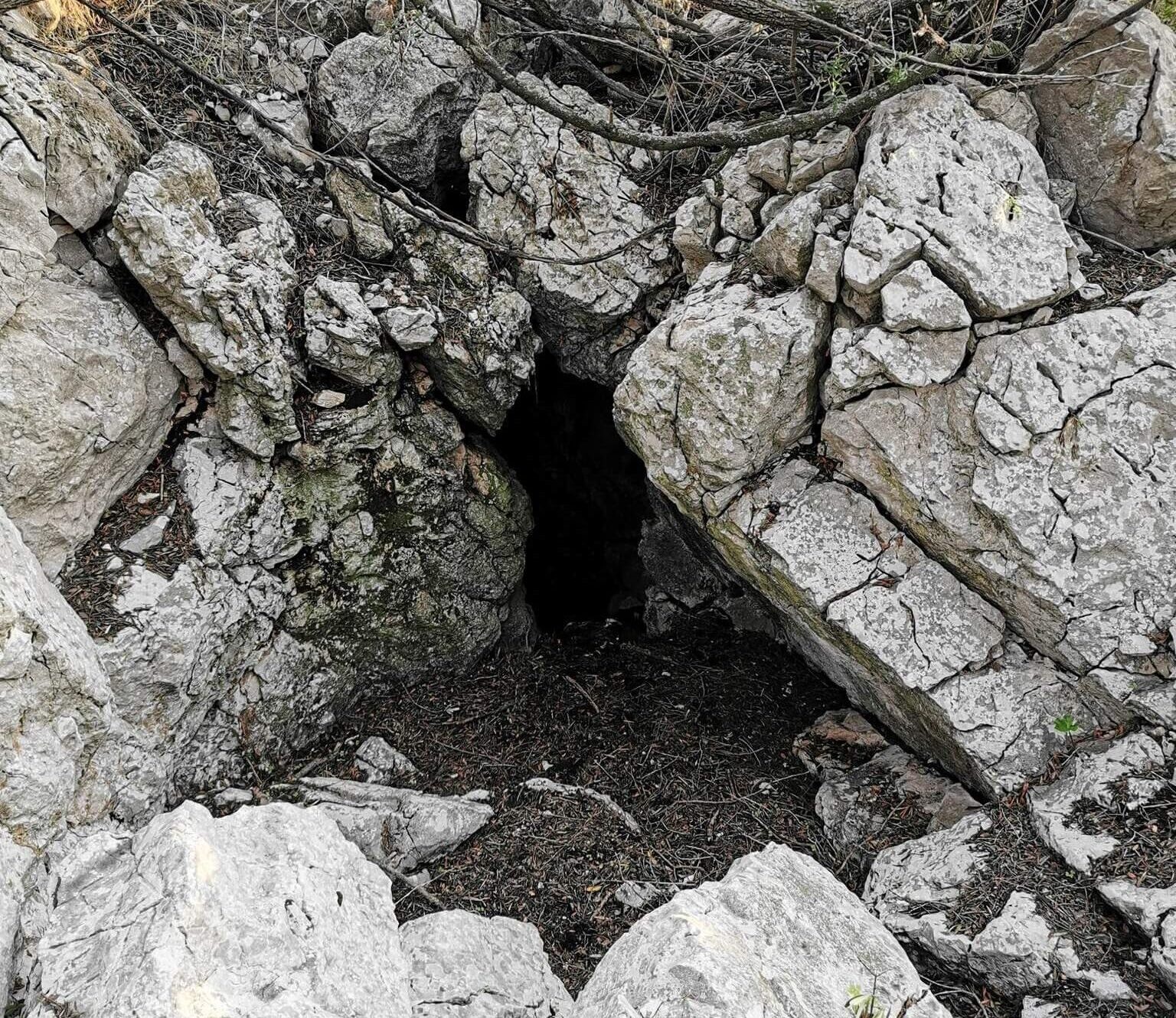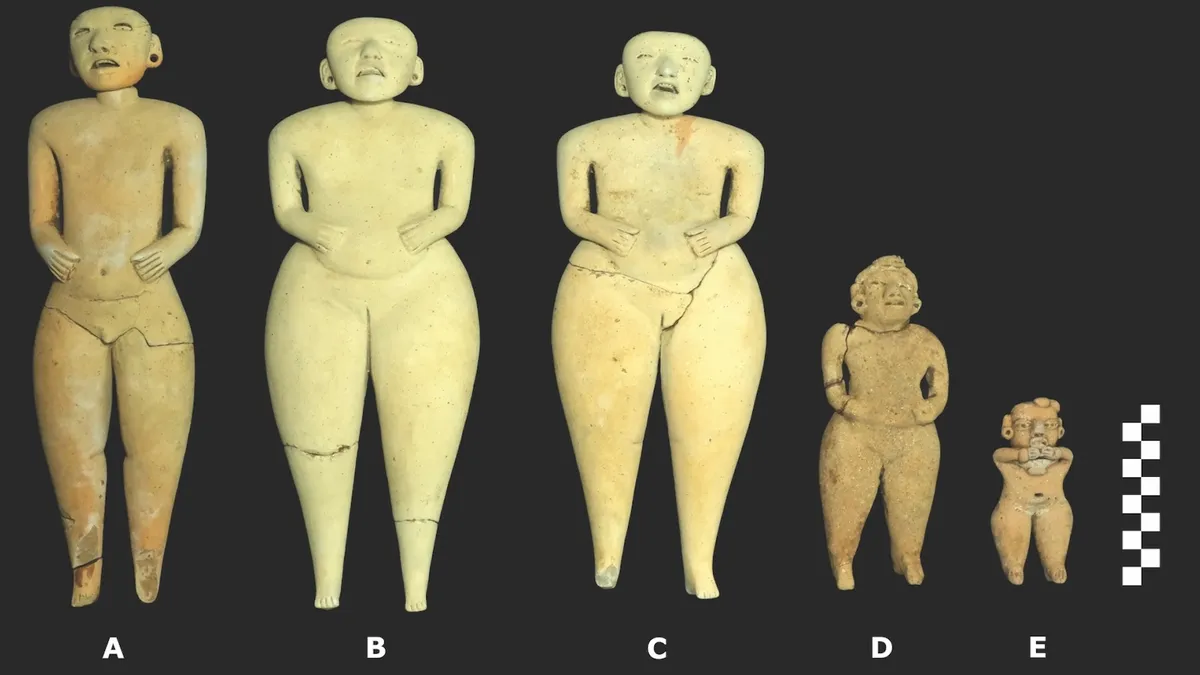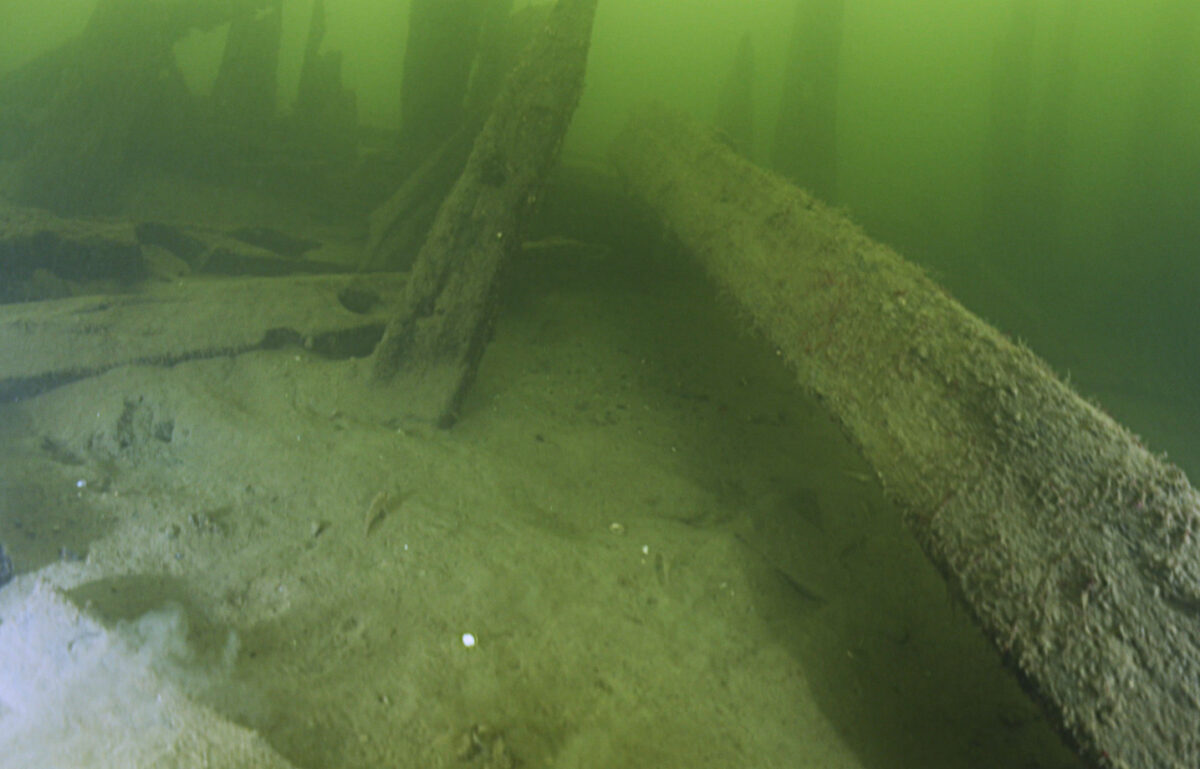Recent archaeological excavations on Šćedro Island, situated south of Hvar, have dramatically reshaped our understanding of the island’s prehistoric significance. Notably, the work conducted in Ratina Cave has uncovered evidence of human activity that dates back to the Late Neolithic period, pushing back the timeline of settlement on the island by approximately 3,000 years from what was previously believed.
The excavations, carried out by Kantharos doo in partnership with the Friends of the Island of Šćedra Association and the Municipality of Jelsa, have yielded an impressive array of artifacts from a compact area measuring just 1.5 x 1.5 meters. Among the findings are over 250 ceramic fragments, nearly 100 animal bones, more than 100 seashells and snails, and four flint tools. These discoveries act as a remarkable time capsule, with charcoal samples undergoing radiocarbon dating to establish their age accurately.
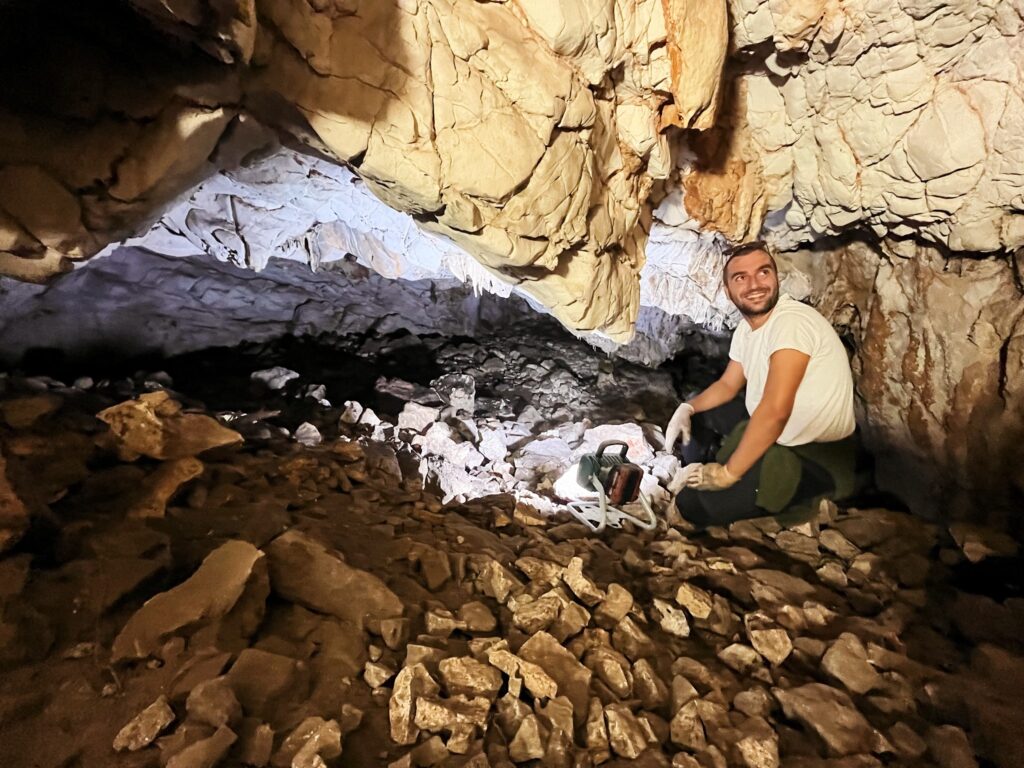
One of the most remarkable finds includes 67 ceramic fragments that resemble hemispherical bowls, characterized by ring-shaped edges and intricate geometric engravings. These artifacts, dating back to the 5th millennium BC, are emblematic of the Hvar culture, which flourished in the eastern Adriatic during the Neolithic era. This culture is renowned for its unique pottery adorned with geometric patterns, alongside tools made from stone and flint, and evidence of early agricultural practices. The Hvar culture played a pivotal role in establishing trade networks, highlighting interactions among various communities across the Adriatic Sea.
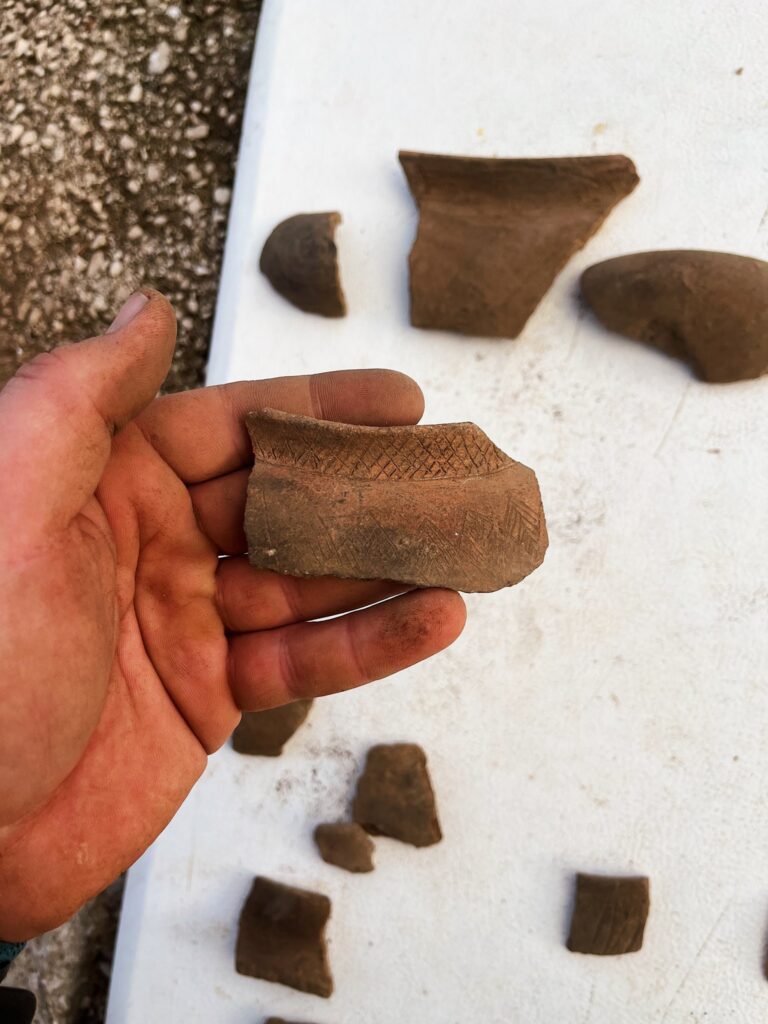
The similarities between the ceramics found in Ratina Cave and those from Grapčeva Cave on Hvar suggest that these sites were contemporaneous, indicating that Ratina Cave was an integral part of the region’s Neolithic trade and settlement systems.
Another fascinating aspect of the research pertains to the origins of the materials used for the stone tools. Preliminary analyses indicate that these tools were sourced from other Adriatic islands and the mainland, suggesting the existence of sophisticated trade and maritime networks connecting Hvar, Korčula, Pelješac, and nearby regions during the Neolithic period.
Šćedro’s strategic location along maritime trade routes positions it as a crucial center for communication and commerce among prehistoric communities. Although the excavations have only scratched the surface of the cave, the volume and significance of the findings imply that it may have served as either a permanent settlement or a seasonal shelter and workspace.
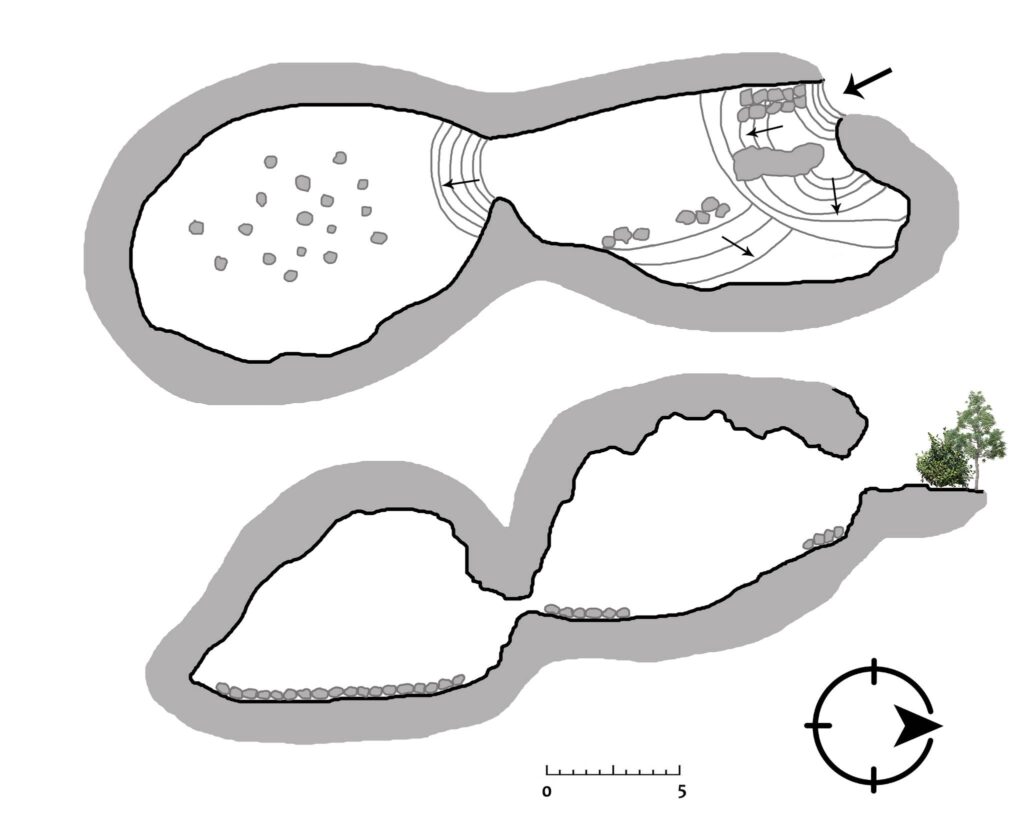
Looking ahead, future research will aim to expand excavations to the surrounding plateau. This area, with its fertile soils and proximity to the sea, presents an ideal setting for prehistoric habitation. Additional investigations may also reveal evidence of a later phase of the Hvar-Nakovan culture, which remains underexplored.
These archaeological endeavors not only enhance our comprehension of the Hvar culture but also offer invaluable insights into the lives of prehistoric communities along the eastern Adriatic coast.
Prijatelji otoka Scedro / Friends of the Scedro island
Cover Image Credit: Friends of the Scedro island
